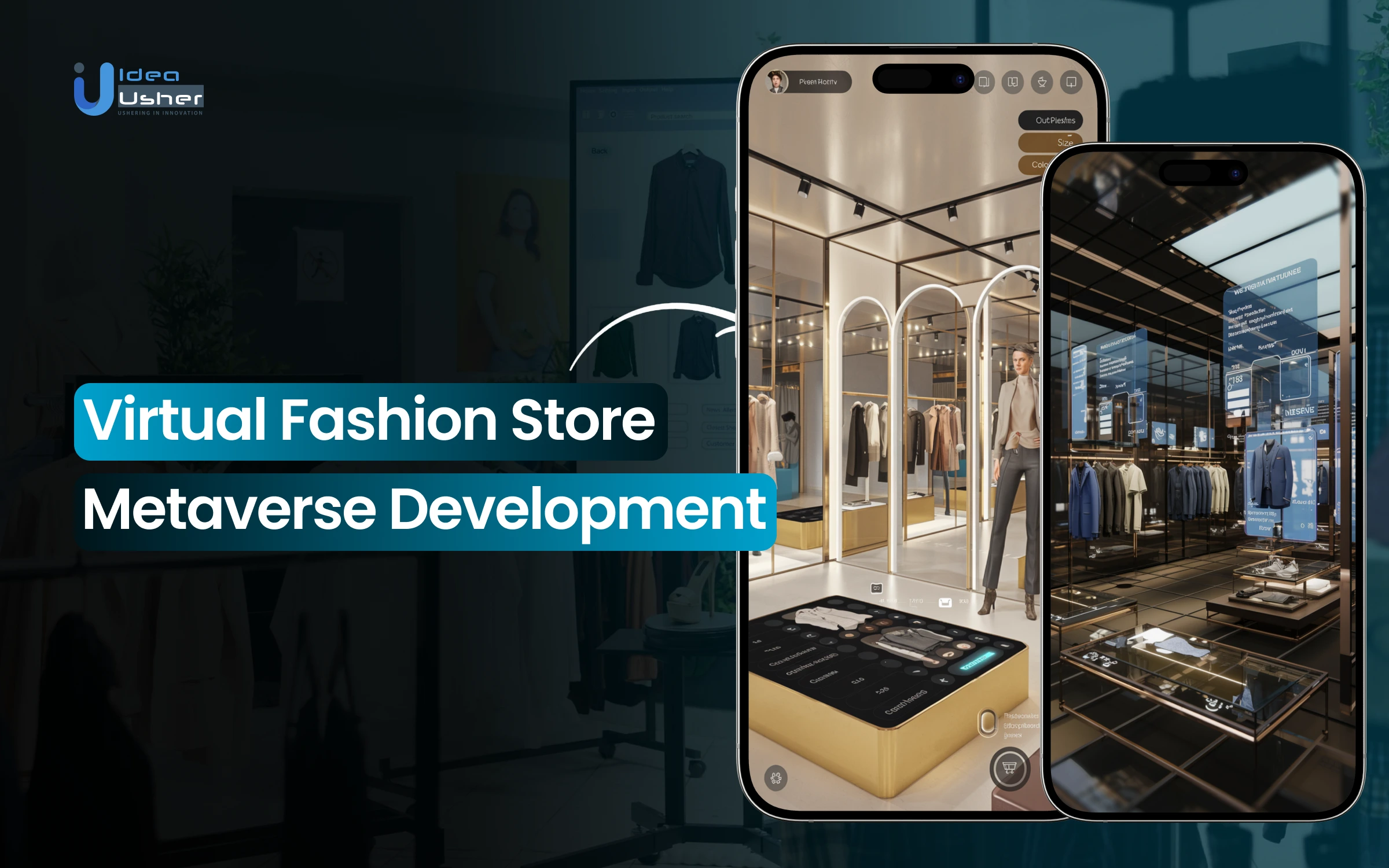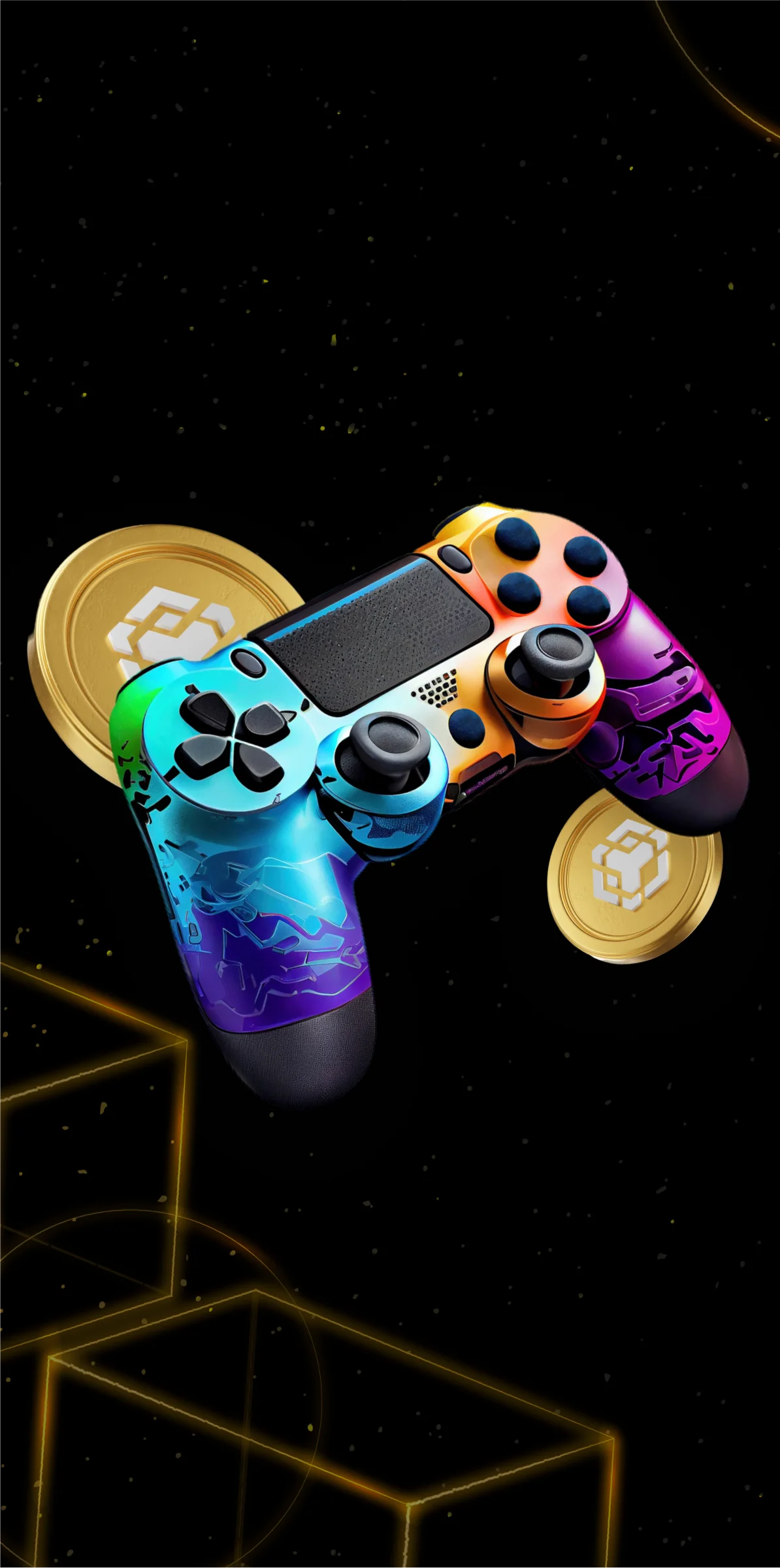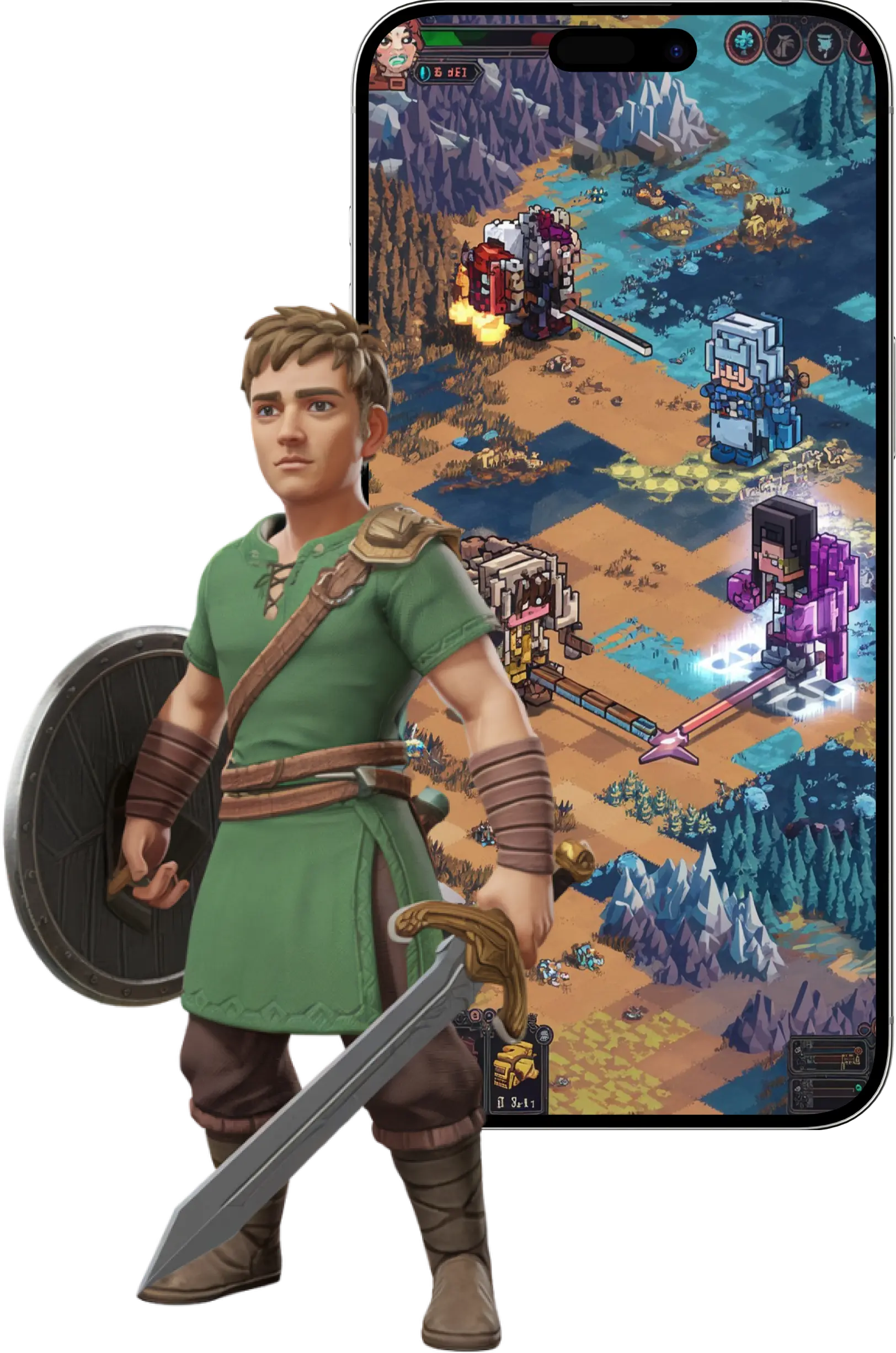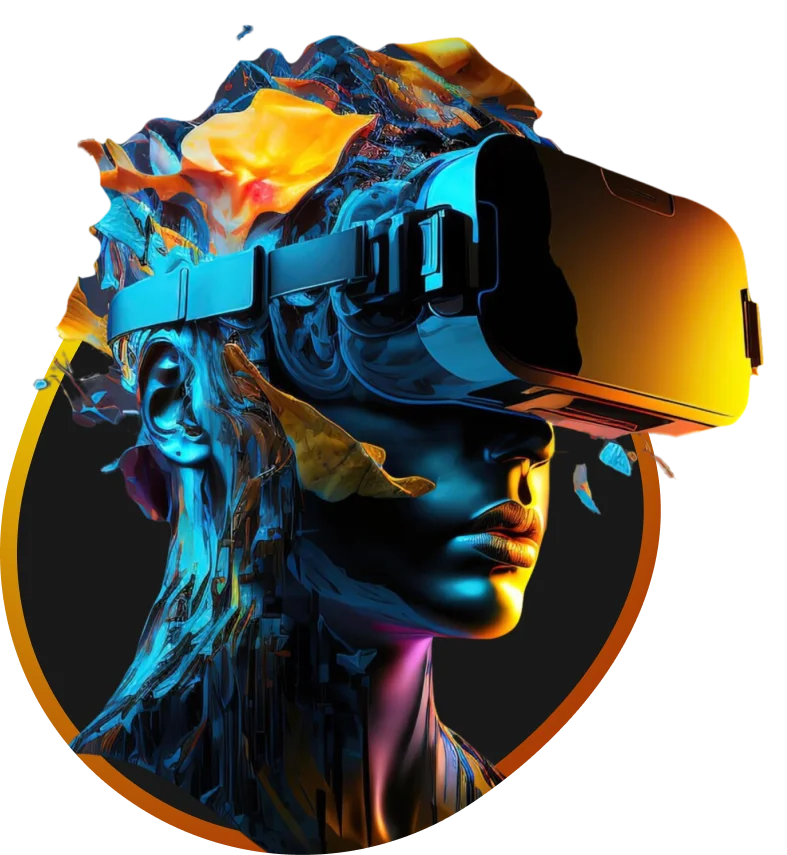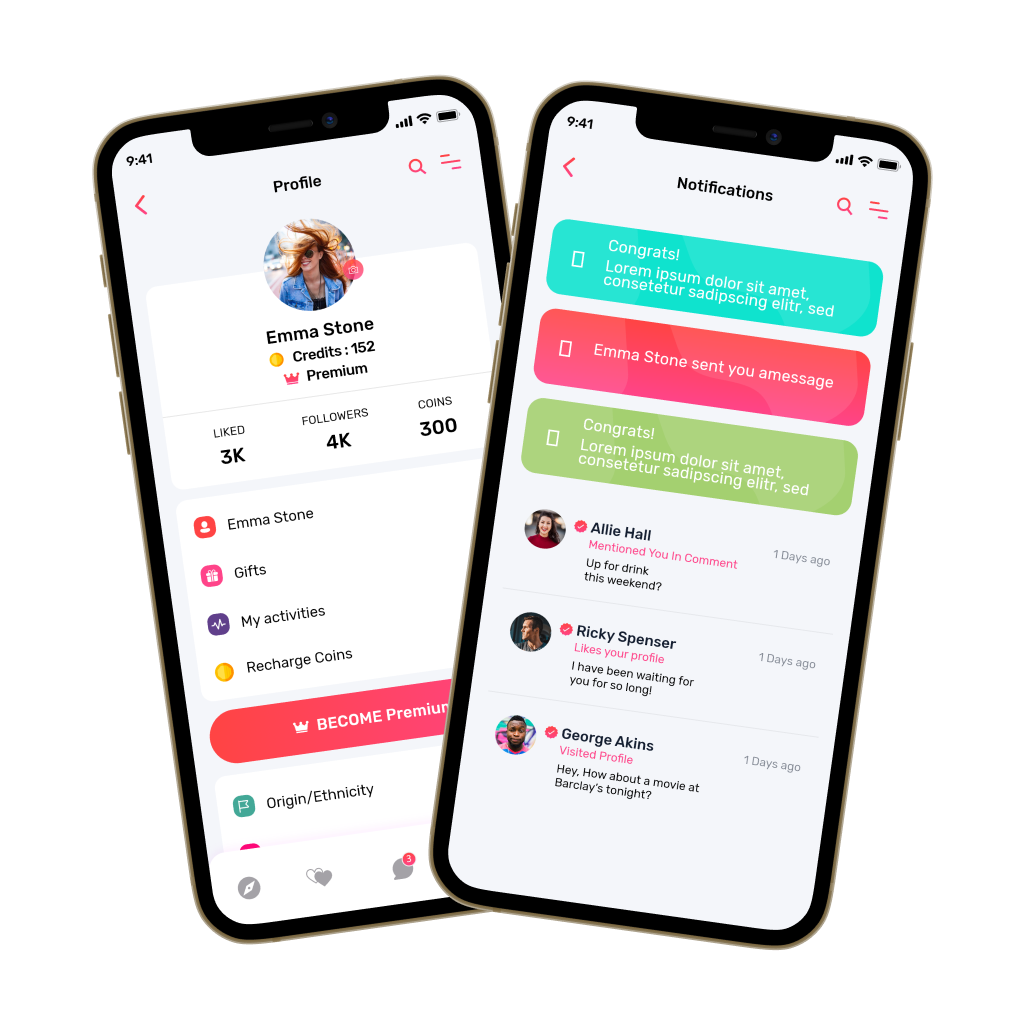The metaverse is quickly becoming a game-changer for businesses, and the fashion industry is right there at the forefront. Virtual fashion stores in the metaverse offer a unique, immersive shopping experience that takes fashion to the next level. With the global metaverse market projected to grow from $47.48 billion in 2022 to a whopping $678.8 billion by 2030, it’s clear that this digital space is opening up incredible opportunities for brands. And fashion companies are catching on fast!
Take Gucci, for example. The luxury brand partnered with Roblox to create a virtual store where users could buy digital fashion items. This innovative move resulted in millions of visits and a massive digital community, with over $3 million in sales from virtual goods alone!
Moreover, Balenciaga teamed up with Fortnite to offer exclusive virtual fashion items, engaging their younger, gaming-focused audience. This collaboration boosted Balenciaga’s brand visibility and drove significant growth, with sales from their virtual collection reaching over $1 million in just the first month.
For any fashion business considering jumping into the metaverse, it’s an exciting opportunity to engage customers like never before. This blog will walk you through the steps of developing your own virtual fashion store, showing you how to use this innovative space to boost your brand presence, drive engagement, and ultimately grow your sales.
Overview of Fashion in the Metaverse
The metaverse is a digital universe where users interact, shop, and socialize through avatars in virtual spaces. This shift has sparked the rise of digital fashion, allowing users to dress avatars in designer clothes, explore futuristic styles, and attend virtual fashion events. Brands like Gucci, Balenciaga, and Prada are embracing this new reality by launching digital collections and offering exclusive NFT-based fashion items. As technology advances, fashion in the metaverse is reshaping how consumers experience and engage with style.
Key Innovations Driving Virtual Fashion
Several groundbreaking technologies are pushing virtual fashion forward:
- 3D fashion technology allows designers to create lifelike digital garments that avatars can wear in video games or social VR platforms.
- Augmented reality fashion enables consumers to visualize how clothing looks before purchasing, reducing return rates in e-commerce.
- AI-powered personalization helps brands recommend outfits tailored to individual tastes, enhancing the shopping experience.
- NFT fashion assets give users ownership of exclusive digital clothing that can be traded or resold in virtual marketplaces.
With these innovations, fashion is becoming more interactive, sustainable, and accessible in the digital world.
Virtual Fashion Shows and Digital Runways
Virtual fashion shows have emerged as a game-changing trend, allowing brands to showcase their latest collections without the constraints of physical venues. These digital events make fashion more accessible to global audiences, eliminating the need for travel while offering an immersive experience.
Events like Paris Fashion Week and Milan Fashion Week have integrated virtual platforms to reach more consumers. Digital fashion weeks hosted on platforms like Decentraland and Roblox offer interactive experiences where attendees can explore collections in 3D environments.
Major Brands Embracing Digital Fashion Events
Leading fashion houses have embraced virtual fashion, experimenting with new formats:
- Balenciaga partnered with Fortnite to release digital fashion skins for players, merging gaming and high fashion.
- Gucci launched virtual sneakers that consumers could wear in AR or use in gaming environments.
- Dolce & Gabbana released an NFT fashion collection, offering unique digital garments for collectors.
These initiatives highlight how virtual fashion is becoming a crucial part of brand identity and engagement strategies.
Virtual Fashion Shows vs. Traditional Runways
Unlike traditional runways, virtual fashion shows are accessible to a limitless audience. They also offer:
- Greater sustainability by eliminating the need for travel, reducing carbon footprints, and minimizing fabric waste.
- Enhanced interactivity, allowing attendees to explore clothing in 360-degree views and purchase digital versions immediately.
- New revenue streams through virtual outfits, NFTs, and metaverse collaborations.
With these benefits, digital fashion shows are set to become a permanent fixture in the industry.
Key Market Takeaways for Virtual Fashion Store Metaverse
Source: MarketResearchFuture
This boom is thanks to the rise of virtual and augmented reality, which are creating cool, immersive shopping experiences and new ways for brands to connect with shoppers.
In 2024, the market was already valued at $6.92 billion, setting a solid foundation for future growth. More and more fashion brands are exploring the metaverse with exciting new ventures. For example, Nike launched Nikeland on Roblox, a virtual world where users can play games and buy digital Nike gear for their avatars.
Adidas also made waves with its Into The Metaverse NFT collection, teaming up with the Bored Ape Yacht Club. This collection offers both digital clothing and real-world items, merging the virtual and physical fashion worlds. And then there’s Gucci, which created the Gucci Garden on Roblox, a place where users can buy unique NFT collectibles, proving just how much potential there is for digital fashion.
Work with Ex-MAANG developers to build next-gen apps schedule your consultation now
A Perfect Time to Invest in a Metaverse Virtual Fashion Store Development
Investing in a virtual fashion store within the metaverse is a fantastic way for businesses to stay ahead of the curve and connect with a whole new generation of consumers. As more people embrace virtual worlds, fashion brands have the opportunity to create unique, immersive shopping experiences that go beyond what’s possible in the physical world. Customers can interact with their favorite brands, design personalized avatars, and purchase digital clothing that they can wear in virtual environments.
This not only creates exciting, one-of-a-kind experiences but also opens doors for businesses to generate buzz with exclusive virtual collections that create a sense of urgency and demand.
Brands like Gucci and Balenciaga are already making waves in the Metaverse. Gucci partnered with Roblox, generating $4.6 million in 2021 by selling digital wearables, while Balenciaga collaborated with Fortnite and earned about $20 million from virtual sales. These examples show that virtual fashion is not just a trend—it’s a growing revenue stream.
Beyond the profits, virtual fashion stores create fun and engaging ways for customers to interact with brands. Shoppers can try on digital clothes, attend virtual fashion shows, and even buy exclusive NFTs. For fashion businesses, stepping into the Metaverse is a way to stay ahead of the curve and offer something new and exciting to their audience.
Development Steps for a Metaverse Virtual Fashion Store
A metaverse virtual fashion store is an innovative platform that allows users to explore, try on, and purchase clothing in a 3D immersive environment. Developing such a platform requires careful planning, cutting-edge technology, and seamless integration. Below are the nine key steps to build a successful metaverse fashion store.
1. Define the Business Model and Strategy
A clear business model is essential before developing the platform. The business must decide whether to offer digital-only clothing, physical product integration, or a hybrid approach. Other factors like NFT-based fashion, virtual events, and exclusive brand collaborations should also be considered.
2. Choose the Right Blockchain and Payment System
Blockchain technology plays a crucial role in securing digital assets and enabling ownership verification. Selecting a blockchain like Ethereum, Solana, or Polygon ensures safe transactions and NFT integration. A secure payment system should support cryptocurrencies, NFTs, and traditional payment methods.
3. Develop Digital Avatars and Customization Features
Users need highly customizable avatars to try on virtual outfits. AI-driven customization features can enhance user experience by allowing adjustments in body shape, skin tone, hairstyles, and accessories. Advanced rendering technology ensures realistic clothing fit and movement.
4. Create High-Quality 3D Fashion Assets
Digital clothing and accessories must be designed using 3D modeling tools like Blender, CLO 3D, or Marvelous Designer. These assets should offer realistic textures, movement, and physics-based simulations to mimic real-life fabrics and styles.
5. Build an Immersive Virtual Store Environment
A well-designed 3D store layout is essential for an engaging shopping experience. Platforms like Unity or Unreal Engine help create interactive virtual spaces with realistic lighting, animations, and engaging product displays. Features like VR-based fitting rooms, AI shopping assistants, and voice-enabled navigation enhance the user experience.
6. Integrate Augmented Reality and Virtual Reality
AR and VR technologies allow users to experience fashion in a highly immersive way. VR headsets offer a realistic walk-through of the store, while AR filters let users try on outfits using their mobile devices. This technology improves engagement and purchasing confidence.
7. Implement AI-Powered Personalization and Recommendations
Artificial intelligence helps enhance user experience by analyzing preferences and offering AI-driven fashion recommendations. Machine learning algorithms track browsing behavior and suggest outfits based on style, color, and trending fashion choices.
8. Develop a Secure and Scalable Infrastructure
A robust backend infrastructure ensures seamless performance, security, and scalability. Cloud computing services like AWS, Google Cloud, or Microsoft Azure can handle large amounts of data and traffic. Cybersecurity measures such as data encryption, identity verification, and anti-fraud detection protect users and transactions.
9. Launch, Market, and Continuously Update the Store
After development, a strong marketing strategy is required to attract users. Social media promotions, influencer collaborations, virtual fashion shows, and NFT giveaways can create buzz. Continuous updates and new fashion collections keep the store fresh and engaging.
Cost of Developing a Metaverse Virtual Fashion Store
| Category | Tasks | Estimated Cost ($) |
| 1. Research & Planning ($500 – $2,000) | Market Research (target audience, competitors, trends) | 200 – 500 |
| Platform Selection (Decentraland, Sandbox, etc.) | 0 – 1,000+ (Land costs vary) | |
| Concept & Design (store layout, mockups, wireframes) | 300 – 500 | |
| Subtotal | 500 – 2,000 | |
| 2. 3D Design & Asset Creation ($2,000 – $20,000) | 3D Store Design (modeling interiors, displays) | 1,000 – 10,000 |
| Virtual Garment Design (3D modeling/texturing) | 1,000 – 10,000 per item/package | |
| Subtotal | 2,000 – 20,000 | |
| 3. Development ($5,000 – $50,000) | Frontend (UI/UX, product interaction, navigation) | 2,000 – 20,000 |
| Backend (data management, transactions, APIs) | 2,000 – 20,000 | |
| Smart Contracts (NFT minting, ownership, trading) | 1,000 – 10,000+ | |
| Platform Integration (Metaverse SDKs & APIs) | 1,000 – 10,000 | |
| Subtotal | 5,000 – 50,000 | |
| 4. App Features ($1,000 – $10,000) | Avatar Customization (outfits, appearance) | 500 – 5,000 |
| Virtual Try-On (realistic physics, garment fitting) | 500 – 5,000 | |
| Payment Integration (crypto & fiat payments) | 500 – 5,000 | |
| Social Features (chat, forums, engagement tools) | 500 – 5,000 | |
| Subtotal | 1,000 – 10,000 | |
| 5. Testing & Quality Assurance ($500 – $5,000) | Functional Testing (feature validation) | 200 – 2,000 |
| User Acceptance Testing (UAT, feedback integration) | 200 – 2,000 | |
| Security Testing (vulnerability assessment) | 100 – 1,000 | |
| Subtotal | 500 – 5,000 | |
| 6. Deployment & Maintenance ($500 – $5,000+ ongoing) | Deployment (Metaverse store launch) | 200 – 2,000 |
| Maintenance (updates, bug fixes, server costs) | 300 – 3,000+ per month | |
| Subtotal | 500 – 5,000+ ongoing | |
| 7. Marketing & Community Building ($1,000 – $10,000+ ongoing) | Metaverse Marketing (in-platform promotions) | Highly variable |
| Social Media Marketing (content, engagement) | Highly variable | |
| Influencer Marketing (Metaverse collaborations) | Highly variable | |
| Subtotal | 1,000 – 10,000+ ongoing | |
| Total Estimated Cost | $10,000 – $100,000+ |
Factors Affecting the Development Cost of Virtual Fashion Store Metaverse
Several variable factors can significantly influence the overall cost of developing a Metaverse virtual fashion store.
- 3D asset quality and detail: Highly realistic and detailed 3D models of garments, accessories, and store environments will be more expensive to create than simpler, lower-poly models. The level of detail needed for virtual fashion can be particularly demanding.
- Number of virtual garments: A larger catalog of virtual fashion items will increase 3D modeling and texturing costs.
- Avatar customization complexity: Offering extensive avatar customization options (different body types, facial features, clothing styles) requires more development effort.
- Virtual try-on technology: Implementing realistic and accurate virtual try-on experiences, especially with physics simulations for fabric, can be technically challenging and costly.
Most Successful Business Models for Metaverse Virtual Fashion Store
The metaverse has introduced innovative business models for virtual fashion stores, enabling brands to engage with consumers in immersive digital environments. Here are the successful approaches:
1. Digital-Only Fashion Collections
Brands are creating exclusive digital garments and accessories for avatars, offering consumers unique virtual fashion items. This model caters to the growing demand for digital assets in virtual worlds and social media platforms.
Example: DRESSX, a leading digital fashion retailer, offers a marketplace for 3D garments and accessories. In March 2023, DRESSX raised $15 million to expand its digital fashion offerings.
2. NFT-Based Fashion Items
Brands are leveraging NFTs to offer unique, verifiable digital fashion items. This model appeals to consumers interested in owning exclusive digital assets with provable scarcity.
Example: Genies, an avatar technology company, launched an NFT marketplace called “The Warehouse” in August 2022. This platform allows users to create avatars and purchase digital fashion items as NFTs, with each item being unique and tradable.
3. Virtual Fashion Rentals
Offering virtual fashion rentals enables consumers to experience high-end digital fashion without the commitment of ownership, appealing to those seeking variety and sustainability.
Example: Platforms like Rent a Dress allow users to rent digital garments for use in virtual environments, providing access to luxury items at a fraction of the cost. This model supports sustainable fashion by extending the lifecycle of digital garments.
Top 5 Companies Using Metaverse Virtual Fashion Store
Let’s see how top brands like Nike, Gucci, and Adidas are using the metaverse to innovate in fashion and boost their business in the digital world.
1. Nike – Swoosh Studio
Nike has been making waves in the metaverse with its Swoosh Studio, where users can design their own custom Nike Air Force 1 sneakers. This is just one part of Nike’s bigger metaverse game plan, which also includes Nikeland on Roblox. With engaging games and activities, Nike is connecting with consumers in virtual spaces while keeping its real-world business strong, bringing in over $46 billion in 2022, thanks in part to these digital ventures.
2. Gucci – Gucci Garden
Gucci took a bold step into the metaverse with its Gucci Garden on Roblox. The experience attracted millions of users, and within just two weeks, the brand saw a massive $11.56 million in NFT sales. Some of their virtual items, like a bag selling for over $4,000, even outshined their physical counterparts! With around $10 billion in revenue last year, Gucci’s metaverse move proves just how much potential the digital world holds for luxury fashion.
3. H&M – Looptopia
H&M entered the virtual world through a partnership with Roblox to create Looptopia, a virtual space where users can design avatars and dive into fashion adventures. It’s a fun and interactive way to connect with customers, showing that H&M is all about keeping up with digital trends. With $22 billion in 2022 revenue, their metaverse involvement is definitely making an impact.
4. Puma – Puma’s Virtual Store (The Sandbox)
Puma entered the metaverse with its virtual store in The Sandbox, where users can explore digital versions of Puma’s products, purchase NFTs, and interact with branded content. Puma’s foray into the virtual mall space is an effort to stay at the forefront of the digital fashion world. In 2022, Puma generated $9.4 billion in revenue, and its digital ventures play an essential role in expanding its consumer base into the metaverse.
5. Adidas – Into The Metaverse
Adidas dove into the metaverse with its Into The Metaverse NFT collection, collaborating with big names like Bored Ape Yacht Club. This effort got tons of attention, and buyers could snag both digital and physical items. With $24 billion in revenue last year, Adidas is proving that digital ventures aren’t just a trend, they’re driving real business growth.
Conclusion
To wrap it up, creating a Virtual Fashion Store in the Metaverse is a super exciting way for businesses to connect with customers in fresh, fun ways. It gives shoppers the chance to explore virtual clothing, try on styles, and experience shopping like never before. For businesses, it’s a great way to reach people from all over the world, showcase exclusive collections, and make money through virtual sales and events. Plus, it’s a perfect way to stand out, attract new customers, and stay ahead in the digital world. It’s all about mixing fashion with the future!
Looking to Develop a Metaverse Virtual Fashion Store?
At Idea Usher, we specialize in creating immersive, interactive virtual fashion experiences that will elevate your brand and attract a global audience. With over 500,000 hours of coding experience in the field, our expert team is ready to bring your vision to life, from designing stunning virtual storefronts to integrating smooth shopping experiences. Let us help you stay ahead of the curve by building a cutting-edge virtual fashion store that enhances customer engagement, boosts sales, and sets your brand apart in the digital world.
Work with Ex-MAANG developers to build next-gen apps schedule your consultation now
FAQs
Q1: How to develop a virtual fashion store?
A1: Developing a virtual fashion store involves designing a digital shopping space where customers can browse and purchase virtual clothing and accessories. You’ll need to create 3D models of your fashion items, build a visually appealing virtual environment, and integrate features such as virtual try-ons, avatars, and smooth payment systems. The goal is to create an engaging and interactive shopping experience that brings fashion to life in the digital world.
Q2: How do virtual fashion stores make money?
A2: Virtual fashion stores generate revenue through the sale of digital clothing and accessories, which customers can purchase for their avatars or other virtual environments. They can also earn money by selling exclusive virtual items, offering premium memberships, hosting branded events, and collaborating with influencers. Virtual fashion stores may also profit from in-store advertising, partnerships, or by selling limited-edition digital goods like NFTs.
Q3: What is the cost of developing a virtual fashion store?
A3: The cost of developing a virtual fashion store depends on factors like the complexity of the design, features required, and platform choices. A basic virtual store may involve fewer resources, while a highly immersive and interactive experience with advanced features like AR/VR integration or personalized avatars can require more investment. Customization, development time, and the level of technical expertise also contribute to the overall cost.
Q4: What are the benefits of a virtual fashion store?
A4: Virtual fashion stores provide businesses with the opportunity to reach a global audience, breaking down geographic barriers. They offer customers an engaging and innovative shopping experience, combining fashion with technology. These stores can reduce costs associated with physical retail, enhance brand visibility, and create new revenue streams through digital products.
